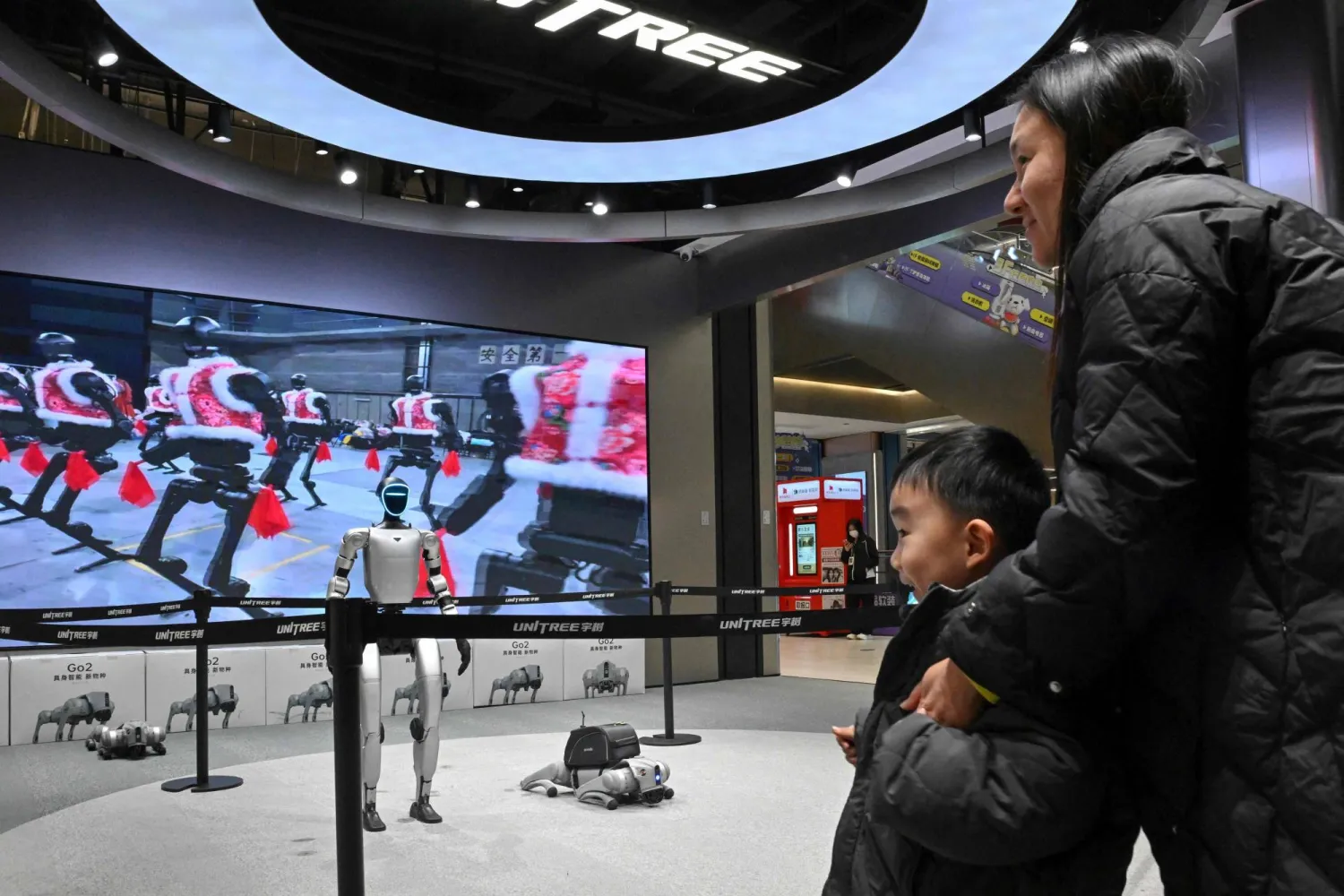Cerebras Systems launched on Tuesday a tool for AI developers that allows them to access the startup's outsized chips to run applications, offering what it says is a much cheaper option than industry-standard Nvidia processors.
Access to Nvidia graphics processing units (GPUs) - often via a cloud computing provider - to train and deploy large artificial intelligence models used for applications such as OpenAI's ChatGPT can be difficult to obtain and expensive to run, a process developers refer to as inference.
"We're delivering performance that cannot be achieved by a GPU," Cerebras CEO Andrew Feldman told Reuters in an interview. "We're doing it at the highest accuracy, and we're offering it at the lowest price."
The inference portion of the AI market is expected to be fast-growing and attractive - ultimately worth tens of billions of dollars if consumers and businesses adopt AI tools.
The Sunnyvale, California-based company plans to offer several types of the inference product via a developer key and its cloud. The company will also sell its AI systems to customers who prefer to operate their own data centers.
Cerebras' chips - each the size of a dinner plate and called Wafer Scale Engines - avoid one of the issues with AI data crunching: the data crunched by large models that power AI applications typically won't fit on a single chip and can require hundreds or thousands of chips strung together.
That means Cerebras' chips can achieve speedier performances, Feldman said.
It plans to charge users as little as 10 cents per million tokens, which are one of the ways companies can measure the amount of output data from a large model.
Cerebras is aiming to go public and filed a confidential prospectus with the Securities and Exchange Commission this month, the company said.









